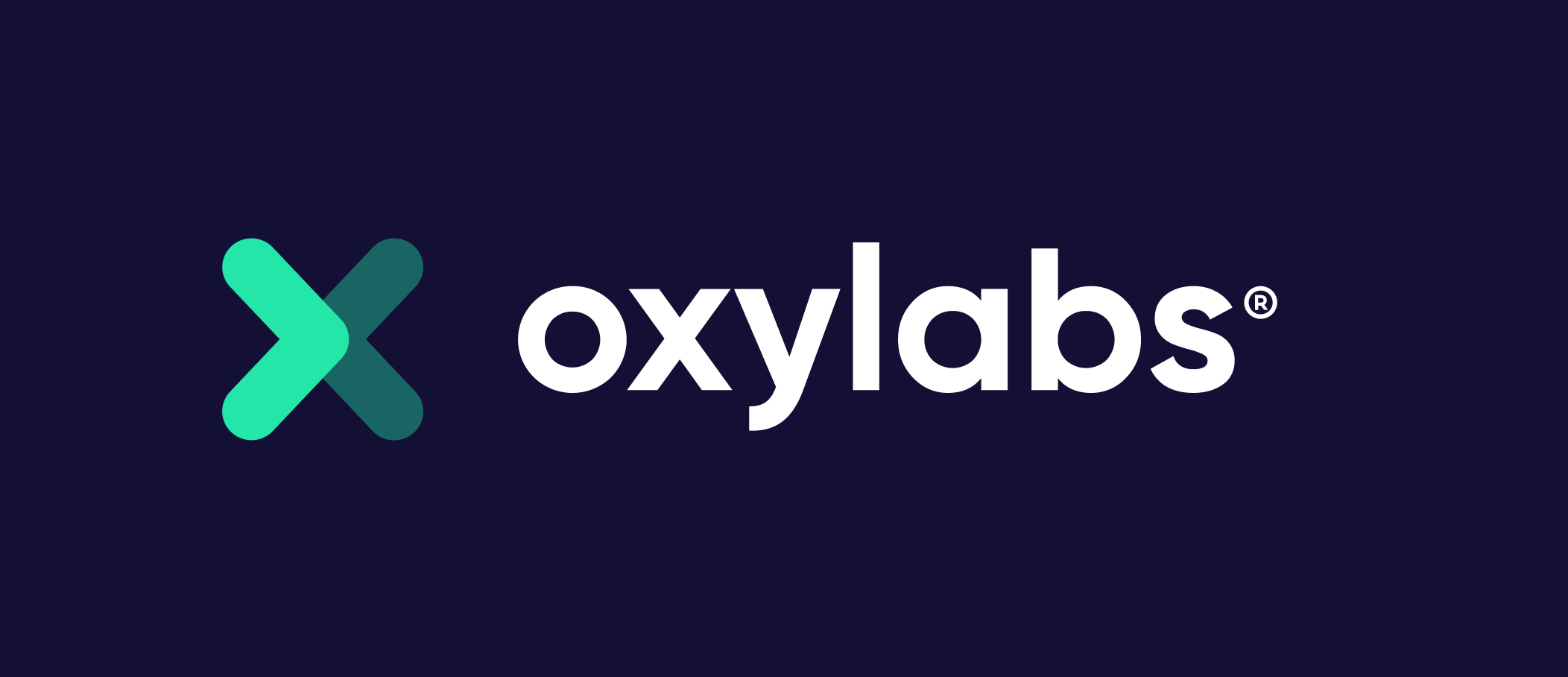
Security News
Deno 2.2 Improves Dependency Management and Expands Node.js Compatibility
Deno 2.2 enhances Node.js compatibility, improves dependency management, adds OpenTelemetry support, and expands linting and task automation for developers.

npm i taki
Built on the top of Google's Puppeteer, for a jsdom/chromy version please visit here.
const { request } = require('taki')
// Prerender this page to static HTML
// Wait for 1s since this page renders remote markdown file
request({ url: 'https://sao.js.org', wait: 1000 }).then((html) => {
// serialized html string of target url
console.log(html)
})
NOTE: You need to call cleanup when you no longer use request:
import { cleanup } from 'taki'
// After fetching..
cleanup()
By default it returns the html for the entire document, but you can specify a selector to get the html for a specific element.
const { request } = require('taki')
request({ url: 'https://example.com', htmlSelector: '.some-element' }).then(
(html) => {
console.log(html)
}
)
By default taki will take a snapshot of the URL when all resources are loaded, if you have control of the website's source code, you can disable that and manually call window.snapshot:
request({
url: 'http://my-web.com',
manually: true,
})
And in your website's source code:
fetchSomeData().then(data => {
this.setState({ data }, () => {
+ window.snapshot && window.snapshot()
})
})
Alternatively, choose your own method to invoke when your app is ready to return HTML:
request({
url: 'http://my-web.com',
manually: 'iamready',
})
Then call window.iamready() instead of window.snapshot() in your app.
Wait for specific timeout or a CSS selector to appear in dom.
request({
url,
// Wait for 3000 ms
wait: 3000,
// Or wait for <div class="comments"></div> to appear
wait: '.comments',
})
This option will be ignored if manually is set.
Minify HTML.
request({
url,
minify: true,
})
We always abort network requests to following types of resource: stylesheet image media font since they're not required to render the page. In addtion, you can use resourceFilter option to abort specfic type of resource:
request({
url,
/**
* @param {Object} context
* @param {string} context.type - Resource type
* @see {@link https://github.com/GoogleChrome/puppeteer/blob/master/docs/api.md#requestresourcetype}
* @param {string} context.url - Resource URL
* @see {@link https://github.com/GoogleChrome/puppeteer/blob/master/docs/api.md#requesturl}
* @returns {boolean} Whether to load this resource
*/
resourceFilter({ type, url }) {
// Return true to load the resource, false otherwise.
},
})
You can also use blockCrossOrigin: true shortcut to block all cross-origin requests.
git checkout -b my-new-featuregit commit -am 'Add some feature'git push origin my-new-featuretaki © egoist, Released under the MIT License.
Authored and maintained by egoist with help from contributors (list).
Website · GitHub @egoist · Twitter @_egoistlily
FAQs
Take a snapshot of any website.
The npm package taki receives a total of 167 weekly downloads. As such, taki popularity was classified as not popular.
We found that taki demonstrated a not healthy version release cadence and project activity because the last version was released a year ago. It has 2 open source maintainers collaborating on the project.
Did you know?

Socket for GitHub automatically highlights issues in each pull request and monitors the health of all your open source dependencies. Discover the contents of your packages and block harmful activity before you install or update your dependencies.

Security News
Deno 2.2 enhances Node.js compatibility, improves dependency management, adds OpenTelemetry support, and expands linting and task automation for developers.

Security News
React's CRA deprecation announcement sparked community criticism over framework recommendations, leading to quick updates acknowledging build tools like Vite as valid alternatives.

Security News
Ransomware payment rates hit an all-time low in 2024 as law enforcement crackdowns, stronger defenses, and shifting policies make attacks riskier and less profitable.